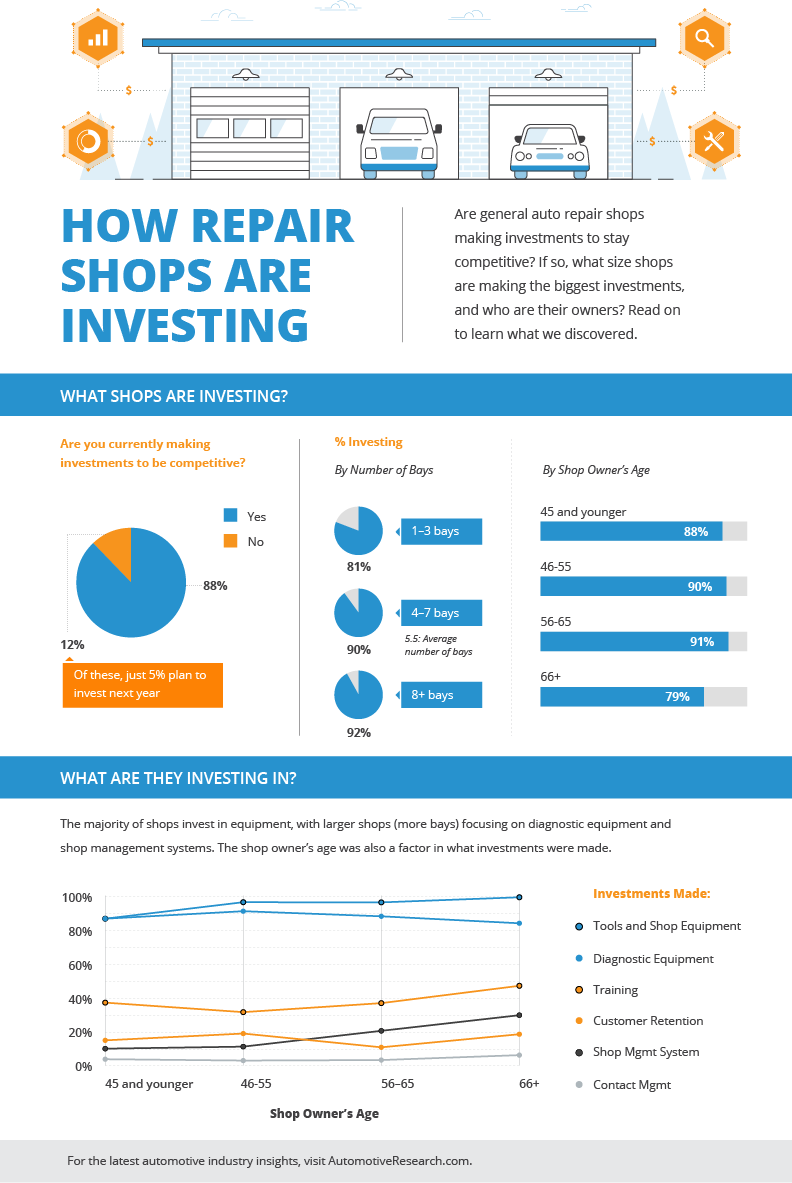Seeking Clarity On The Warning Lights Presented On Your Automobile'S Control Panel? Figure Out Just How They Associate With Your Automobile'S Health And Wellness
Seeking Clarity On The Warning Lights Presented On Your Automobile'S Control Panel? Figure Out Just How They Associate With Your Automobile'S Health And Wellness
Blog Article
Write-Up Composed By-Higgins Winters
When you're behind the wheel, those beautiful warning lights on your dashboard can be a bit perplexing. Do you recognize what they're attempting to tell you about your auto's health? Understanding the significance of these lights is important for your security and the longevity of your automobile. So, the following time among those lights pops up, wouldn't you intend to decode its message precisely and take the required actions to resolve it?
Common Caution Lights and Interpretations
Determine typical caution lights in your vehicle and recognize their definitions to ensure risk-free driving.
One of the most common caution lights consist of the check engine light, which signifies issues with the engine or emissions system. If this light begins, it's vital to have your lorry checked quickly.
The oil pressure alerting light suggests low oil stress, needing immediate attention to stop engine damages.
A flashing battery light may suggest a malfunctioning billing system, potentially leaving you stranded if not resolved.
The tire stress tracking system (TPMS) light signals you to low tire pressure, influencing vehicle security and gas efficiency. Neglecting this might result in dangerous driving conditions.
The abdominal light shows a problem with the anti-lock stopping system, jeopardizing your ability to stop promptly in emergencies.
Last but not least, the coolant temperature cautioning light warns of engine getting too hot, which can lead to severe damages if not resolved swiftly.
Recognizing these typical caution lights will certainly aid you address problems immediately and preserve safe driving problems.
Significance of Prompt Attention
Understanding the typical warning lights in your cars and truck is only the first step; the value of immediately dealing with these warnings can not be emphasized enough to ensure your security when traveling.
When a warning light illuminates on your dashboard, it's your car's method of communicating a potential issue that needs focus. Overlooking these warnings can result in much more severe issues in the future, endangering your security and possibly costing you extra in repairs.
Trigger interest to alerting lights can protect against malfunctions and accidents. For https://mvprogress.com/2022/03/29/auto-parts-store-opens-in-littlefield/ , a flashing check engine light could suggest a misfire that, if left unattended, can create damages to the catalytic converter. Resolving this promptly can save you from an expensive repair.
Likewise, a brake system cautioning light might signal reduced brake liquid or used brake pads, critical components for your safety and security when driving.
DIY Troubleshooting Tips
If you notice a caution light on your control panel, there are a few do it yourself troubleshooting suggestions you can try before looking for expert help.
The very first step is to consult your vehicle's manual to recognize what the specific caution light suggests. In some cases the problem can be as basic as a loosened gas cap triggering the check engine light. Tightening up the gas cap might settle the issue.
An additional common issue is a reduced battery, which can activate different alerting lights. Inspecting the battery links for deterioration and guaranteeing they're safe and secure might fix the problem.
If a warning light lingers, you can attempt resetting it by disconnecting the vehicle's battery for a couple of mins and afterwards reconnecting it. In addition, inspecting your lorry's fluid degrees, such as oil, coolant, and brake liquid, can assist repair alerting lights connected to these systems.
Verdict
Finally, recognizing your auto's warning lights is important for keeping your car running smoothly and securely. By quickly attending to these signals and understanding what they mean, you can stay clear of costly repairs and prospective breakdowns.
Keep in mind to consult your vehicle's handbook for specific details on each advising light and take action as necessary to guarantee a hassle-free driving experience.
Keep educated, stay safe on the road!
